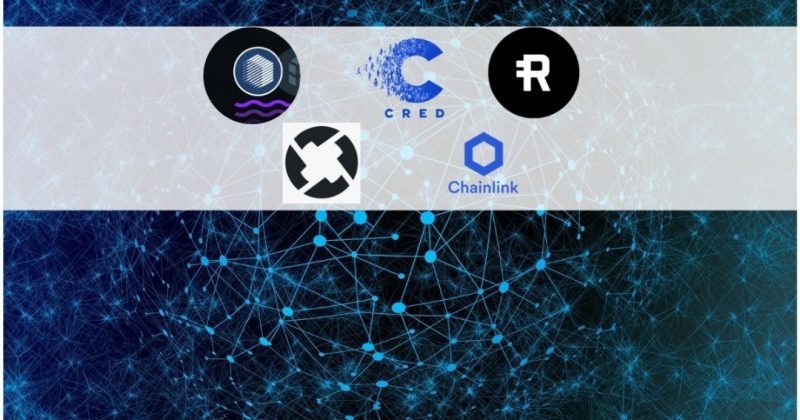

It’s powered by decentralized apps called “dapps,” or other programs called “protocols.” Dapps and protocols handle transactions in the two main cryptocurrencies, Bitcoin (BTC) and Ethereum (ETH). How DeFi Is Being Used NowĭeFI is making its way into a wide variety of simple and complex financial transactions. Transactions are verified and recorded by parties who use the same blockchain, through a process of solving complex math problems and adding new blocks of transactions to the chain.Īdvocates of DeFi assert that the decentralized blockchain makes financial transactions secure and more transparent than the private, opaque systems employed in centralized finance.

When we say blockchain is decentralized, that means there is no middleman or gatekeeper managing the system.

#Defi overview verification#
That secures the system by providing users with anonymity, plus verification of payments and a record of asset ownership that’s (nearly) impossible to alter by fraudulent activity. When we say that blockchain is distributed, that means all parties using a DeFi application have an identical copy of the public ledger, which records each and every transaction in encrypted code. Blockchain is a decentralized, distributed public ledger where financial transactions are recorded in computer code. When you make a transaction in your conventional checking account, it’s recorded in a private ledger-your banking transaction history-which is owned and managed by a large financial institution. DeFi Runs on Blockchainīlockchain and cryptocurrency are the core technologies that enable decentralized finance. You still have to have a debit card or bank account linked to those apps to send funds, so these peer-to-peer payments are still reliant on centralized financial middlemen to work. You might think, “Hey, I already do this when I send my friends money with PayPal, Venmo or CashApp.” But you don’t.
#Defi overview full#
With DeFi, people lend their savings directly to others, cutting out that 2.5% profit loss and earn the full 3% return on their money. The bank then turns around and lends that money to another customer at 3% interest and pockets the 2.5% profit. Today, you might put your savings in an online savings account and earn a 0.50% interest rate on your money. “DeFi takes the key elements of the work done by banks, exchanges and insurers today-like lending, borrowing and trading-and puts it in the hands of regular people.” “Decentralized finance is an unbundling of traditional finance,” says Rafael Cosman, CEO and co-founder of TrustToken. The New Way: Decentralized FinanceĭeFi challenges this centralized financial system by disempowering middlemen and gatekeepers, and empowering everyday people via peer-to-peer exchanges. They cannot bypass middlemen like banks, exchanges and lenders, who earn a percentage of every financial and banking transaction as profit. In the U.S., regulatory bodies like the Federal Reserve and Securities and Exchange Commission (SEC) set the rules for the world of centralized financial institutions and brokerages, and Congress amends the rules over time.Īs a result, there are few paths for consumers to access capital and financial services directly.

Regular consumers need to deal with a raft of financial middlemen to get access to everything from auto loans and mortgages to trading stocks and bonds. Today, almost every aspect of banking, lending and trading is managed by centralized systems, operated by governing bodies and gatekeepers. DeFi aims to democratize finance by replacing legacy, centralized institutions with peer-to-peer relationships that can provide a full spectrum of financial services, from everyday banking, loans and mortgages, to complicated contractual relationships and asset trading. Decentralized finance, also known as DeFi, uses cryptocurrency and blockchain technology to manage financial transactions.


 0 kommentar(er)
0 kommentar(er)
